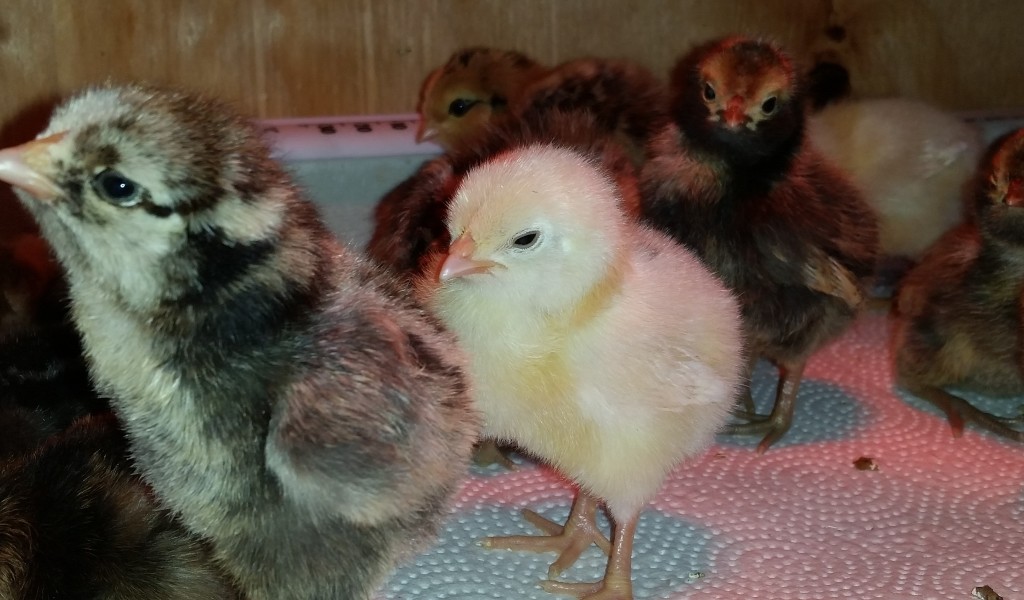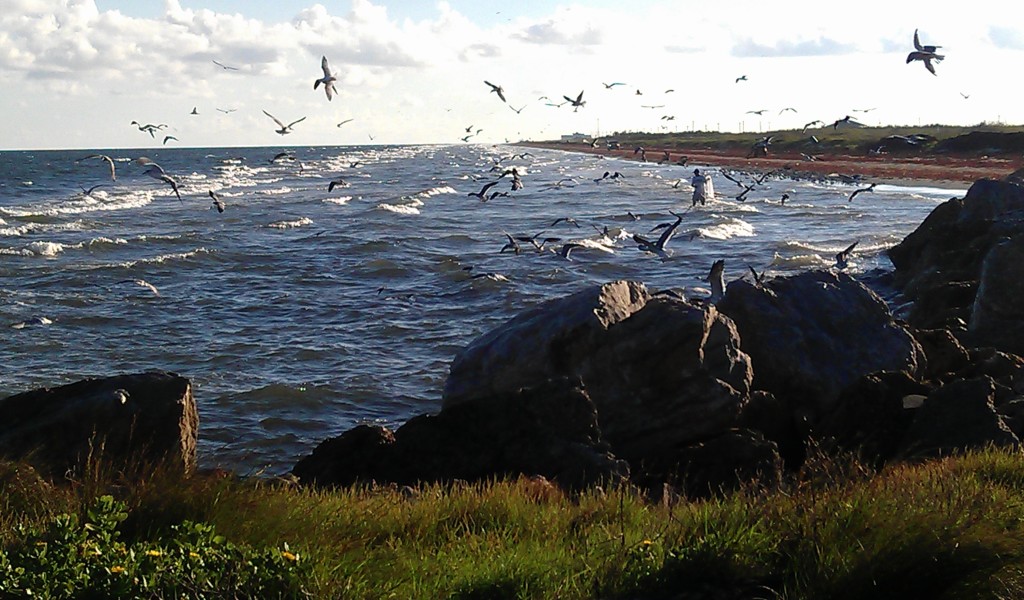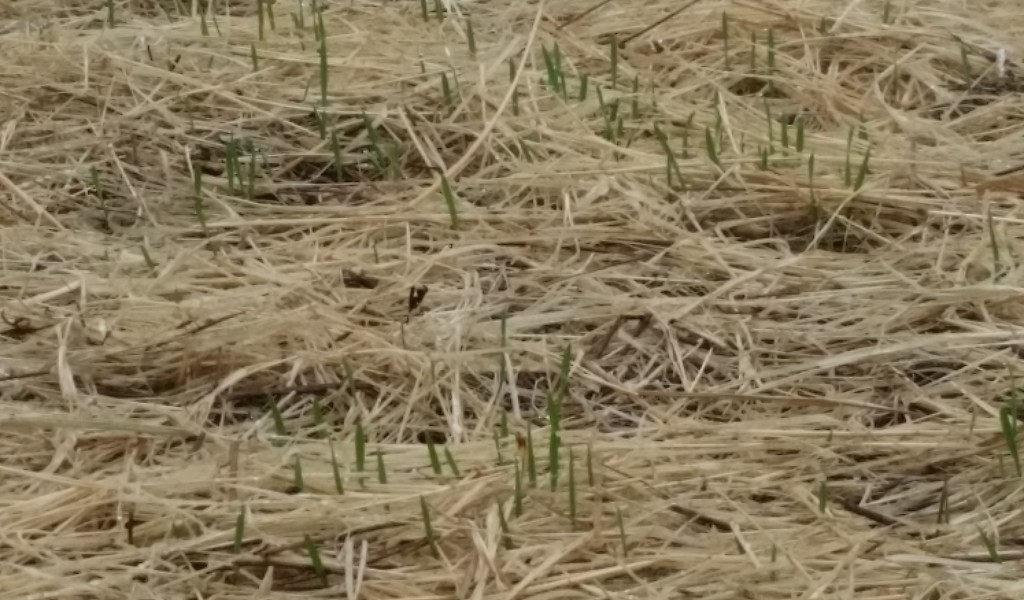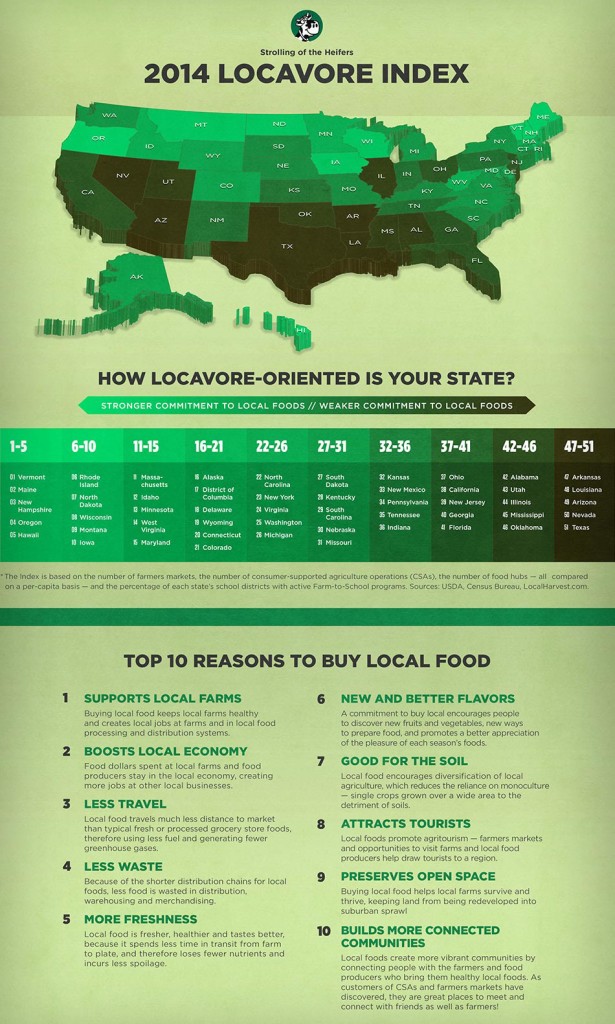Spring Fever!

Here in Texas we’ve experienced spring weather for quite some time. You can really tell it’s spring when all the plants are blooming like crazy and there is green growth everywhere!
My lemon balm is crazy right now! Thank goodness the chickens love it and it smells incredible. Lemon balm, or Melissa, is excellent to grow anywhere in your garden. It’s great to promote beneficial insects and deter pests. It’s in the mint family.
I wanted to update you on some of our latest projects and with pictures because there have been so many this past year that the website doesn’t do our backyard justice! So bare with me, I’m on my one week vacation from school, thank goodness! However the week isn’t ever long enough, because the intensive six weeks classes can sometimes be pretty brutal. Just being honest and from me, you get nothing less. I don’t sugar coat it, I’m sorry if that’s what you wanted. This website is based on honesty.
Moving right along. I will attempt to blog more often, in my defense, I’m engaged in lengthy discussions online with school, so I will continue to share some of those blogs because often times I’ve done a bit of research and you may find them a lot more interesting since they are very informative in the food movement. My next class is vegetables to table, 5050.
Spring Ahead Locavores!

 Late Bloom America
Late Bloom America


